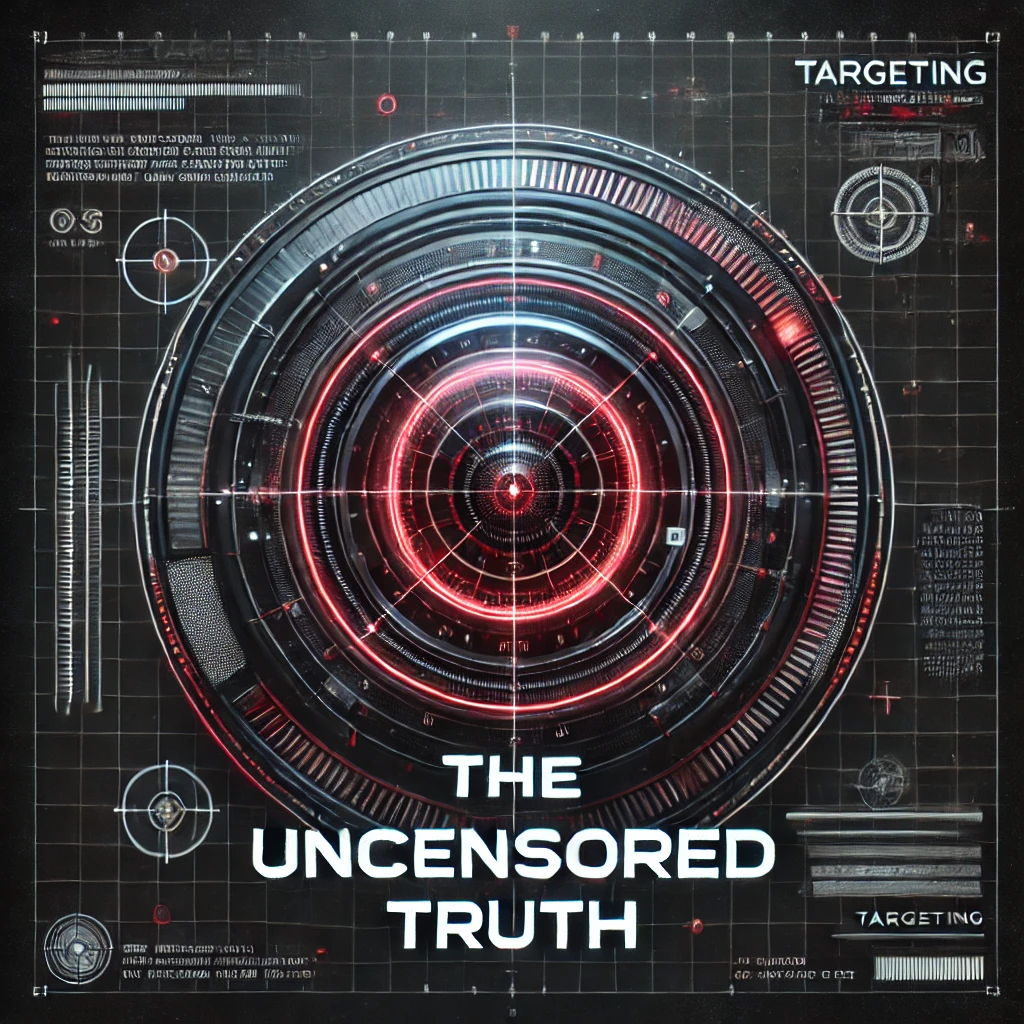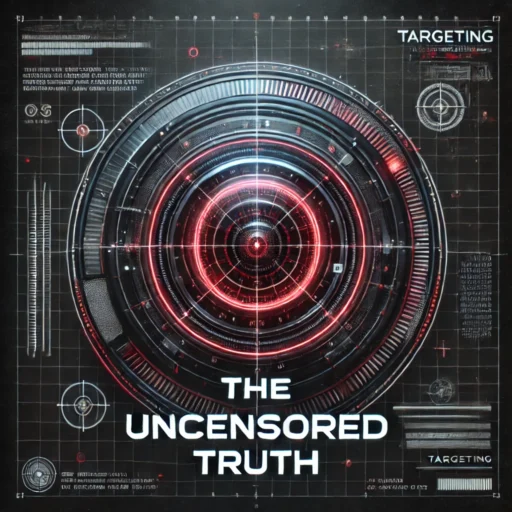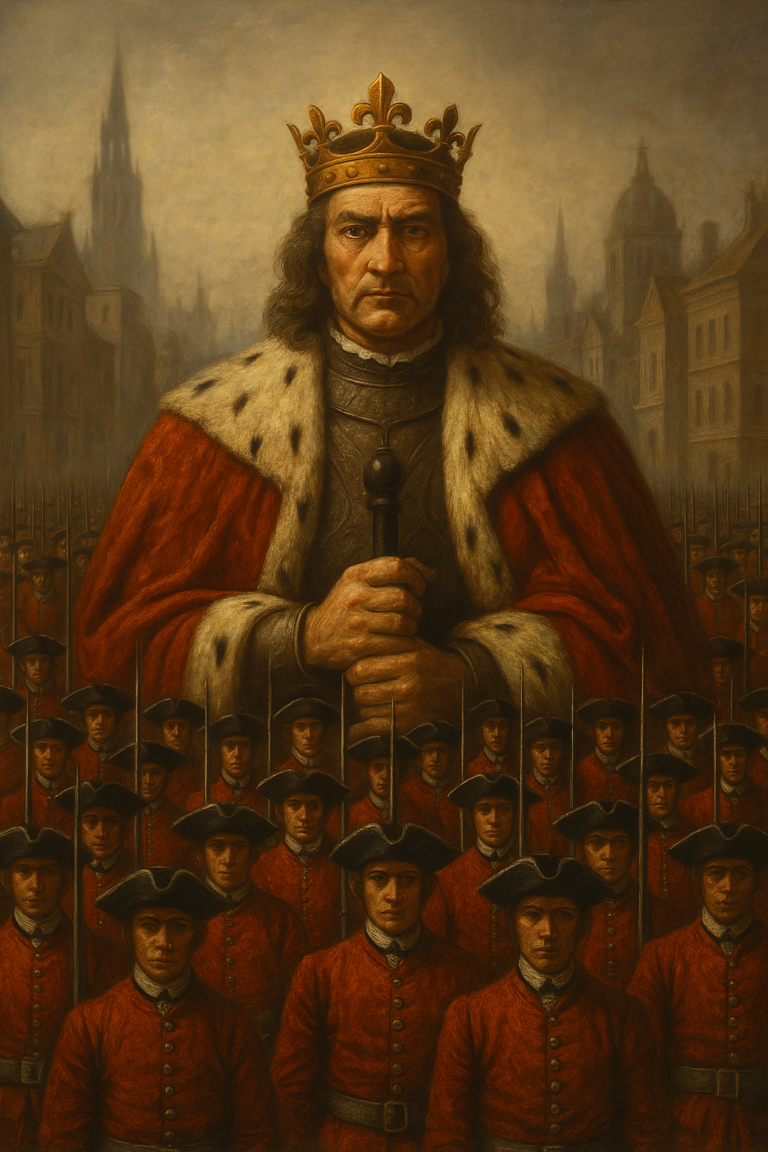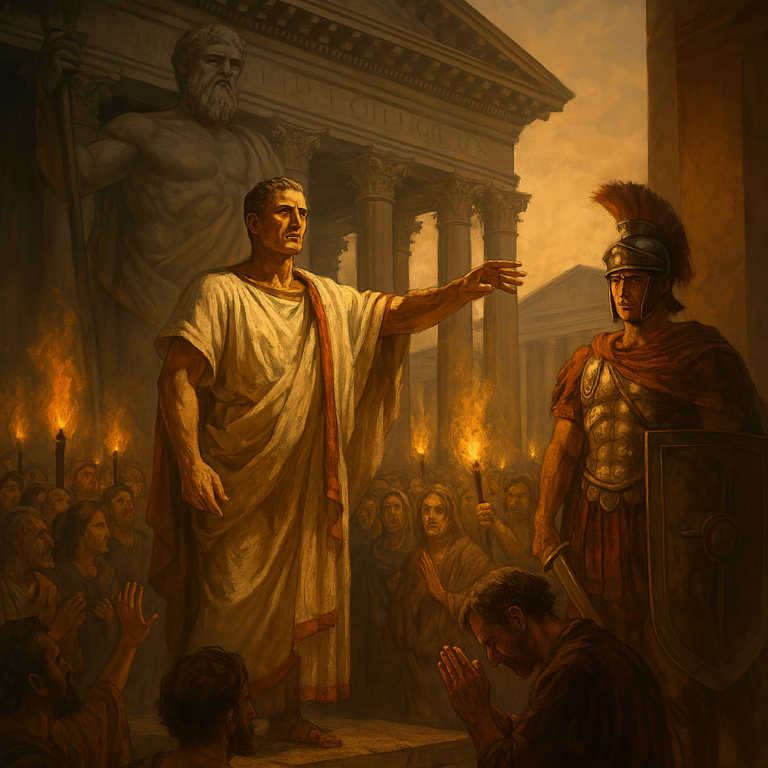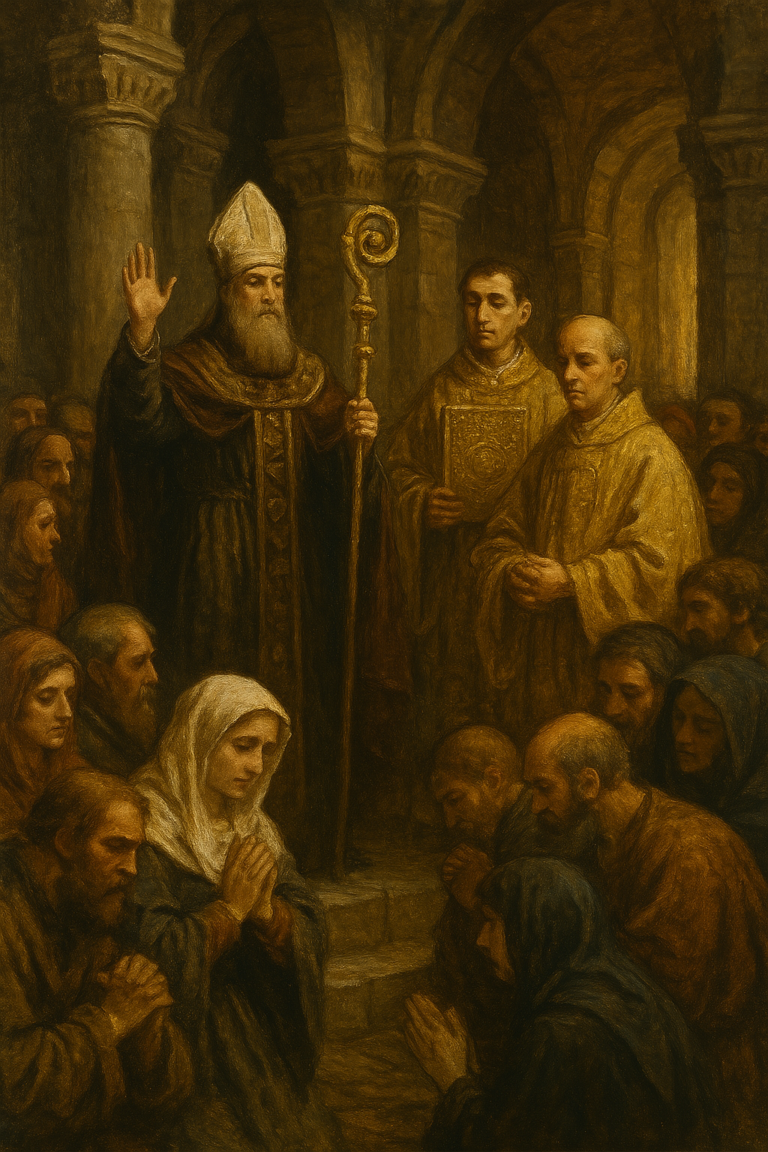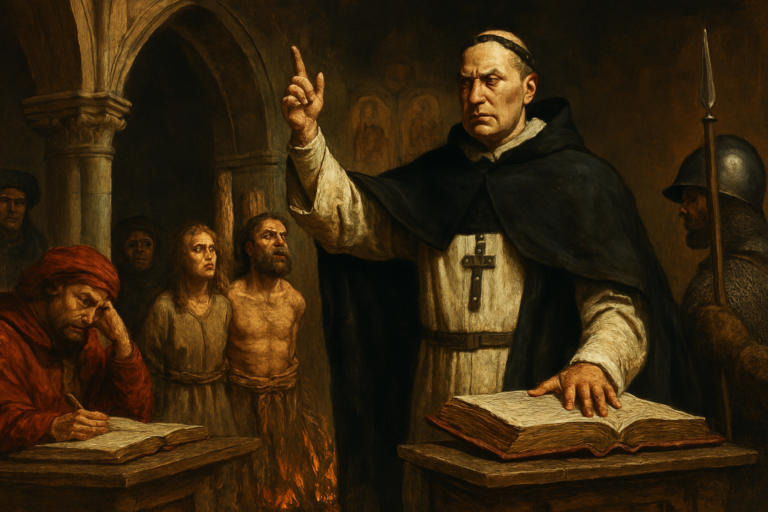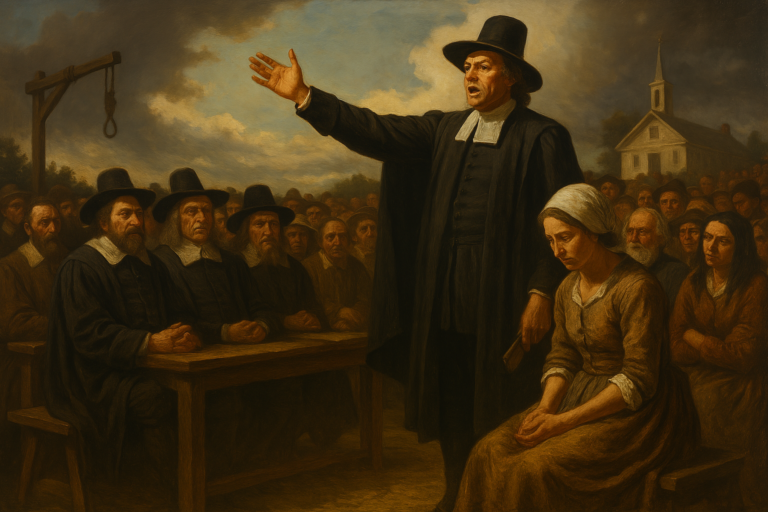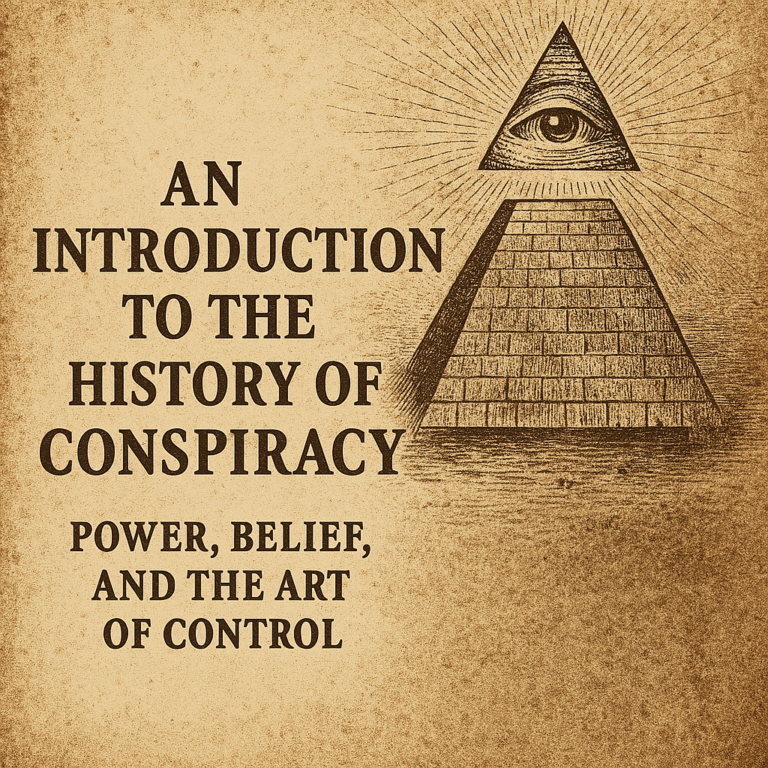Part VI: 1700 to 1900 AD – When Reason Became a Ruler
By the 18th century, the world had changed. The fires of the Reformation had cooled, the grip of the Church had loosened, and the Enlightenment dawned with promises of freedom, truth, and human reason.
But power — real power — doesn’t disappear. It adapts.
And in the vacuum left by religious authority, a new priesthood emerged. Not in robes, but in lab coats, uniforms, and bureaucratic offices. The goal remained the same: to shape what people believe, how they behave, and what they fear.
But the method had evolved. No longer fear of hell — now fear of irrationality, illness, disorder, and falling behind.
Control wasn’t preached anymore.
It was measured, codified, charted — and justified as progress.
The Enlightenment: Freedom… Within Limits
The Enlightenment is often celebrated as the age of free thought. And in many ways, it was. Philosophers questioned monarchy, religion, and tradition. Revolutions broke empires. But while the Enlightenment weakened old chains, it forged new expectations.
- The new ideal citizen was rational, productive, and self-regulating.
- Freedom became conditional: you were free, so long as you conformed to reason.
- Dissent wasn’t sinful — it was irrational, unscientific, or anti-social.
And thus began the modern habit of hiding control behind standards, laws, and experts. Authority would now claim no divine right — just data.
Control Strategy #1: Replace divine law with natural law — then define what’s “natural.”
Fear Mechanism #1: If you disagree, you’re not dangerous — you’re defective.
Prussian Schools: Factory-Made Citizens
Nowhere was this clearer than in education. In 18th-century Prussia, the monarchy, faced with military and social instability, pioneered the first compulsory state education system. It wasn’t about expanding minds — it was about training them.
- Attendance was mandatory, beginning as early as age 5.
- The curriculum emphasized obedience, national loyalty, religious conformity, and disciplined labor.
- Teachers were trained by the state and monitored for ideological compliance.
- Children were graded, ranked, and taught to defer to authority.
Prussian schooling was soon adopted across Europe — and later the United States. Horace Mann, who helped found America’s public school system in the 1800s, explicitly modeled it on Prussia’s.
“A population educated to obey is easier to govern than one taught to think,” noted an 1803 Prussian education official.
Control Strategy #2: Call it education. Use it as conditioning.
Fear Mechanism #2: Reward compliance. Punish defiance as disruption.
Learn More About The First Compulsory State Education System Here
The Rise of Institutional Medicine
As the 18th century gave way to the 19th, another transformation occurred: health became political. Governments began establishing public health boards, licensing requirements, and hospitals. But behind the concern for the public good was a quieter motive:
The ability to define what’s normal, what’s illness, and who needs to be fixed.
🔹 Case Study: Psychiatry and Moral Hygiene
In 1793, Philippe Pinel removed chains from the mentally ill in Paris. It looked like progress — and in some ways, it was. But it also marked the beginning of psychiatry as a tool of social regulation.
- Asylums became disciplinary institutions, not just hospitals.
- “Moral insanity” and “melancholia” were diagnosed in those who deviated from social norms — including unmarried women, rebellious youth, and political dissidents.
- Institutionalization was often based on family complaints, not medical evidence.
By the mid-1800s, critics noted that psychiatry often served to enforce conformity, not cure illness. But since it was framed as “health,” opposition was seen as dangerous.
“He who questions his treatment proves the necessity of it,” wrote a 19th-century asylum director.
Control Strategy #3: Pathologize nonconformity.
Fear Mechanism #3: Don’t punish rebellion — diagnose it.
The Panopticon and the Rise of Self-Policing
In 1791, philosopher Jeremy Bentham proposed a new kind of prison: the Panopticon. Circular, with a central watchtower, it allowed guards to see every prisoner — while prisoners couldn’t tell if they were being watched.
Bentham never built it. But the idea was revolutionary:
People regulate themselves more efficiently when they believe they’re being watched.
Governments took note.
- Factories adopted similar layouts.
- Schools implemented bells, timed breaks, and surveillance-style classroom designs.
- Urban planning introduced grids, street numbering, and standardized housing — all easily monitored.
By the late 19th century, entire cities were being redesigned not just for movement — but for management.
Control Strategy #4: Replace guards with the illusion of watching.
Fear Mechanism #4: Make privacy deviance — and deviance visible.
Statistical Government and the Science of Obedience
Starting in the 18th century and accelerating through the 19th, states began developing detailed census systems, birth registries, criminal records, and productivity metrics.
For the first time, governments didn’t just rule people. They counted them, categorized them, and calculated their worth.
- France and Britain used censuses to draft soldiers and collect taxes.
- Race science was used to justify colonial hierarchies.
- IQ testing (developed in the late 1800s) laid the foundation for eugenics.
The result was a state that knew more about its citizens than ever before — and used that data to define who was valuable, who was risky, and who was obsolete.
Control Strategy #5: Reduce people to metrics.
Fear Mechanism #5: Convince them their value is numerical.
The Moral Code of Industrial Time
As factories spread during the 19th century, time itself became a weapon of control.
- Clocks replaced church bells.
- Timecards, shift schedules, and punctuality became moral virtues.
- Workers who resisted the pace were labeled lazy, unstable, or subversive.
Even leisure was regulated:
- Sunday was for church.
- Public houses were monitored.
- “Idle time” was discouraged — seen as fertile ground for rebellion.
This wasn’t accidental. Industrial society demanded a predictable, obedient labor force. The schedule became the new catechism. To fall out of step was to fall out of favor — and sometimes into prison.
Control Strategy #6: Turn rhythm into ritual.
Fear Mechanism #6: Punish those who walk offbeat.
Colonialism and the Global Application of Order
While Europe refined domestic obedience, it exported its systems abroad — under the guise of civilizing the world.
- British colonies imposed schools, prisons, hospitals, and censuses in India, Africa, and the Caribbean.
- French colonial policy merged Catholicism with bureaucratic oversight.
- Indigenous languages, customs, and belief systems were suppressed as “irrational.”
The colonies became laboratories for control — testing grounds for education systems, surveillance strategies, and hierarchical structuring of race and labor.
Many of the tools refined abroad were later adopted at home.
“We taught them order,” said one colonial officer. But what they really taught was obedience by design.
The Cult of Progress: When Compliance Becomes Virtue
By the end of the 19th century, most Europeans and Americans believed they lived in a rational, enlightened society. Wars still raged, poverty still festered — but the dominant narrative insisted:
“We are advancing.”
Progress had become a moral imperative, and questioning its path was viewed as backward, foolish, or dangerous. This allowed elites to:
- Frame control as benevolence
- Justify surveillance as public safety
- Paint critics as anti-science, primitive, or mentally unwell
Science wasn’t inherently the problem — but the institutionalisation of science created new hierarchies, gatekeepers, and unquestionable truths.
The old clergy had warned of heresy.
The new establishment warned of irrationality — and both punished accordingly.
Conclusion: A New Kind of Chain
Between 1700 and 1900, the tools of control evolved more than they had in the previous thousand years. The methods became quieter. The justifications cleaner. The language more precise.
But the objective remained the same:
Shape the minds of the population in advance.
Make obedience feel logical, moral, and self-evident.
Make resistance feel like illness — or madness.
In the end, the most effective chains were no longer forged in fire or faith.
They were built from data, discipline, and daily routine.
Coming Next: Surveillance, Spectacle, and the Global Machine – 1900 to 2000
In Part VII, we’ll explore how two World Wars, the Cold War, and the explosion of mass media reshaped the mechanics of control. We’ll examine:
- Propaganda and patriotism
- The intelligence apparatus
- The Cold War’s psychological warfare
- The rise of the television state
Because in the 20th century, control doesn’t just adapt.
It becomes omnipresent — and increasingly invisible.
Read It Here
